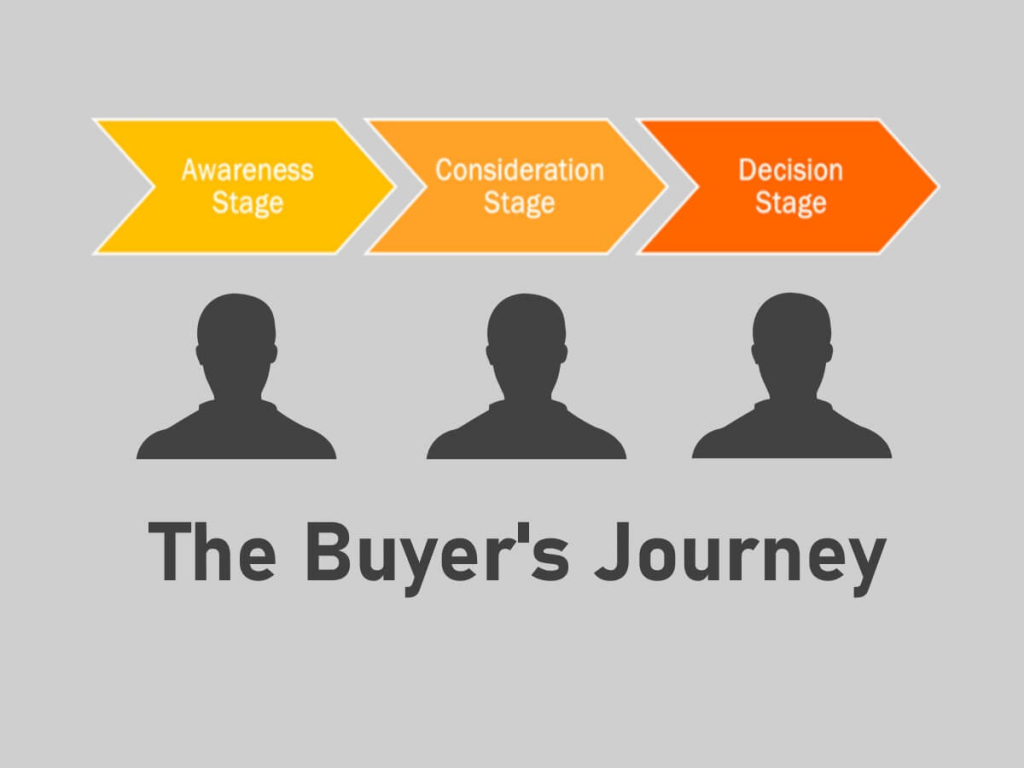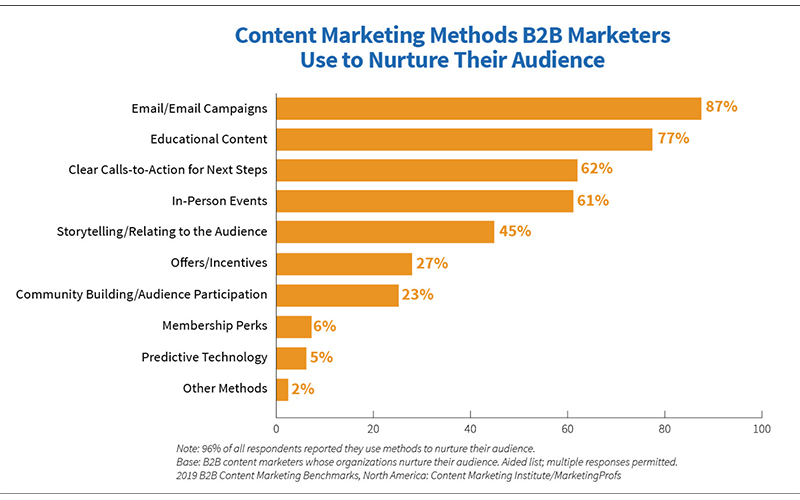The Power of Now: Real-Time Engagement for Modern Customers
Businesses find themselves navigating the challenging landscape of meeting the instant communication expectations of modern customers when time becomes a precious commodity.
As we delve into real-time customer engagement, it’s crucial to understand the demand for immediacy in the digital age and explore the strategies that allow businesses to connect with their customers in the blink of an eye.
From real-time customer support and assistance to leveraging automation for instant responses to harnessing the capabilities of Customer Relationship Management (CRM) systems, this article will shed light on the critical facets of staying connected in an instant world. Let’s get started.
The Demand for Real-Time Engagement in the Digital Age
The digital age has ushered in a new era where customers expect instant gratification and responsiveness. With the ubiquity of smartphones and the instantaneous nature of social media, the demand for real-time engagement has become non-negotiable.
Consider the scenario of an e-commerce platform where customers expect real-time updates on order status, immediate responses to product inquiries, and instant resolution of any issues encountered during the shopping process.
Businesses that excel in real-time engagement create a competitive edge, fostering customer loyalty and satisfaction.
Furthermore, social media platforms like Twitter and Facebook have become arenas where customers express their opinions and concerns in real-time.
Businesses that monitor and respond promptly to these social media interactions demonstrate a commitment to engaging with customers on their preferred platforms, showcasing the significance of real-time communication in maintaining a positive brand image.
Real-Time Customer Support and Assistance
One of the primary avenues for meeting the instant communication expectations of modern customers is through real-time customer support and assistance. The days of waiting in long queues or enduring prolonged response times are fading away.
Consider the banking industry, where customers often require immediate assistance for various transactions. Banks offering real-time chat support through their websites or mobile apps provide customers instant access to information and problem-solving. This enhances the customer experience and contributes to building trust and reliability.
Moreover, industries such as healthcare are increasingly adopting real-time support models. Telemedicine platforms, like Teladoc, offer instant access to healthcare professionals through virtual consultations.
This real-time approach provides patients with immediate medical advice. It illustrates the broader applicability of instant support services across various sectors.
Leveraging Automation for Instant Responses
Businesses increasingly turn to automation to deliver instant responses for real-time engagement. Automation tools like chatbots and automated email responses allow enterprises to address customer inquiries swiftly, even outside regular business hours.
Take the example of Spotify, the music streaming service which employs chatbots to provide real-time assistance to users. Spotify’s chatbots can help users discover new music, create playlists, and address common queries instantly, enhancing the overall user experience and improving customer satisfaction.
Automation is not confined to the tech industry. In retail, giant fast-food chains like McDonald’s utilize self-service kiosks to automate ordering. Customers can customize their orders in real-time, providing instant personalization.
This streamlines the customer experience and exemplifies the potential of automation in catering to immediate customer needs.
Managing Customer Inquiries Across Channels
In the era of multichannel communication, managing customer inquiries across various channels poses opportunities and challenges. Customers may initiate conversations through social media, email, live chat, or phone calls, expecting consistent and instantaneous responses.
Businesses need to integrate these channels seamlessly, ensuring a unified and real-time approach to customer engagement.
Consider a retail business that receives inquiries through social media comments, direct messages, and emails. A cohesive strategy involves:
- Using CRM systems to consolidate customer data from these channels.
- Allowing businesses to respond in real-time with a comprehensive understanding of the customer’s history and preferences.
- Previous interactions.
Using these strategies ensures that each customer inquiry is addressed promptly and personally.
Furthermore, the travel industry has embraced a unified approach to managing customer inquiries. Companies like Expedia use integrated CRM systems to consolidate communication from different channels, including their website, app, and customer service hotline.
This ensures that travelers receive real-time assistance, whether booking a flight online, inquiring about hotel accommodations through live chat, or seeking help via phone.
How CRM Enables Real-Time Customer Engagement and Satisfaction
At the core of successful real-time customer engagement lies the capabilities of Customer Relationship Management (CRM) systems. These systems provide businesses real-time customer data, automation tools, and multichannel communication capabilities.
By integrating CRM into their operations, companies can engage with customers instantly, address concerns promptly, and deliver exceptional real-time experiences.
Moreover, CRM systems offer advanced analytics that allow businesses to predict customer needs and preferences in real-time. This capability enables companies to engage with customers, offering personalized recommendations and solutions proactively.
Salesforce’s AI-powered analytics, for instance, can analyze customer data in real-time, providing insights that help businesses tailor their interactions for maximum impact.
Additionally, CRM systems facilitate seamless collaboration among different departments within a business. When customer information is readily available and shared across departments, employees can address inquiries in real-time, ensuring a cohesive and instant customer experience.
Conclusion
The imperative for businesses in the digital age is to meet the instant communication expectations of modern customers. Real-time customer engagement involves:
- Responding promptly to inquiries and leveraging automation.
- Seamlessly managing inquiries across channels.
- Harnessing the capabilities of CRM systems.
Businesses that embrace these strategies position themselves to thrive in an environment where the power of now is a driving force in customer satisfaction and loyalty. To gain a competitive advantage, businesses must learn how to harness tools that would allow them to easily take advantage of this.
Learn more about tools that can empower you to quickly engage your leads and customers. Book a FREE demo and consultation now with our CRM experts.
Curious how digital ecosystems can help improve your business?
Check out how digital ecosystems can boost your company performance by getting started here.
Book a Demo

